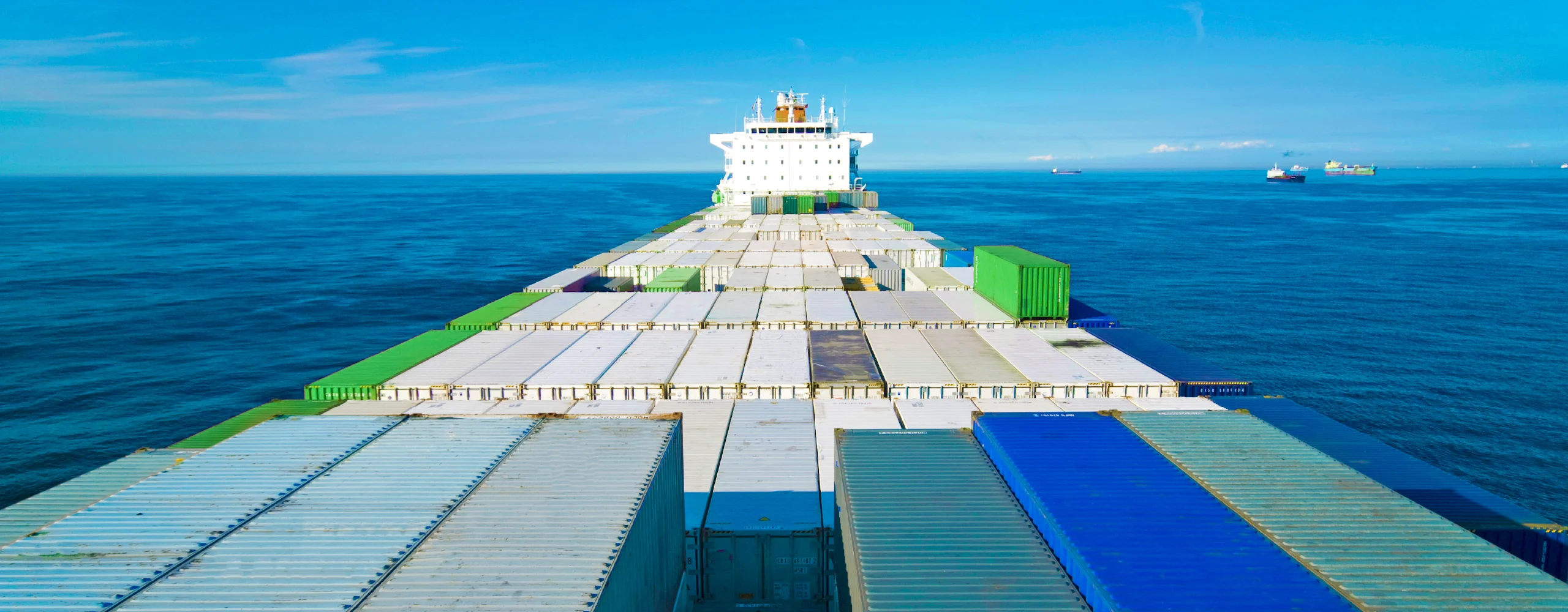
Case story
2 minute read
Finnlines tests Neste Marine™ 0.5 on board Finnmaster – with excellent results
“During the following ten days, we didn’t have to think about the fuel and the fuel system at all. The complete fuel system was working smoothly without any problems,” reports Martin Ubei-Kon, Chief Engineer of the Finnmaster, after successfully testing Neste Marine 0.5 on board of his vessel.
Finnlines
transports cargo and passengers, serving customers in the Baltic Sea and North Sea areas as well as northern Spain.
Built in 1998,
the M/V Finnmaster is a ro-ro cargo ship with a gross tonnage of 12,251, operating between the UK and Finland.
12 day
period, resulting in around 230 hours of operation.
As one of the leading shipping operators in the Baltic Sea, Finnlines transports cargo and passengers, serving customers in the Baltic Sea and North Sea areas as well as northern Spain. With more than 150 weekly departures, the company has an extensive international network. In addition to sea transportation, Finnlines also offers port services in Finland in Helsinki, Naantali and Turku.To reduce emissions and to comply with the global IMO sulphur cap, Finnlines decided to test Neste RMG 0.5 on board one of their vessels, the Finnmaster. Built in 1998, the M/V Finnmaster is a ro-ro cargo ship with a gross tonnage of 12,251, operating between the UK and Finland.
The test and conclusions
Neste RMG 0.5 was tested on board the Finnmaster under real operating conditions in January 2020.Neste RMG 0.5 was used in the Finnmaster’s main engine, a Wärtsilä 16V46B, during a twelve-day period, resulting in around 230 hours of operation. The test started with a fuel change over from HSFO IFO 380 to Neste RMG 0.5. In the next two days, the fuel oil auto-filter element was replaced twice, and cleaning cycles fell from 388 cleaning cycles per 24 hours to one cleaning cycle per two hours.“We didn’t have to think about the fuel and the fuel system at all. No surprises occurred. We didn’t notice any leaks from the fuel injector pumps, injectors or high-pressure pumps like you normally see when changing over from HFO to low viscosity fuel. The engine was running normally on low load and on service load, and there were no abnormalities.” Ubei-Kon says.Refined from only known components in Neste’s own Porvoo refinery in Finland, Neste Marine 0.5 guarantees consistent quality that lets vessels and personnel operate at their most efficient level.
We didn’t have to think about the fuel and the fuel system at all. No surprises occurred.
– Martin Ubei-Kon, Chief Engineer of the Finnmaster